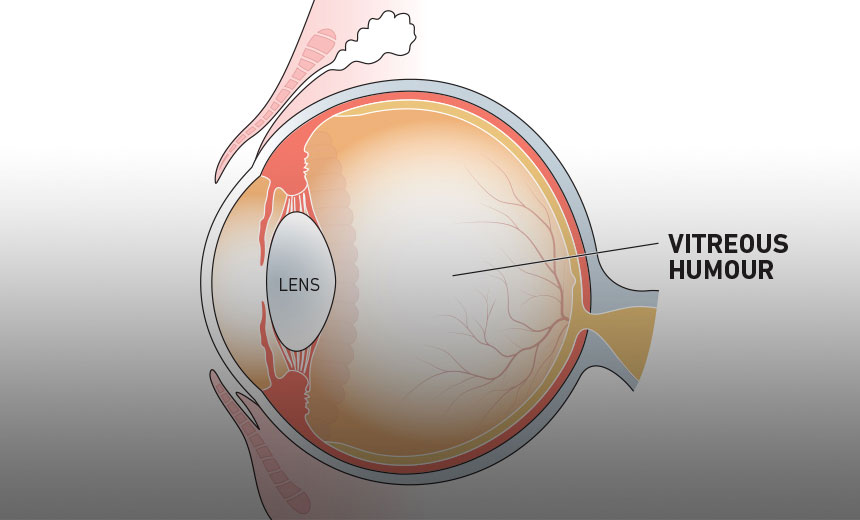Vitreous Humor Eye Function

The vitreous also comes in contact with the retina the light sensitive tissue at the back of the eye that acts like the film of a camera.
Vitreous humor eye function. The vitreous performs a vital role in protecting your eye. The vitreous is very different from aqueous humor. Vitreous humor thus performs the important function of enabling eyesight in a clear manner. Most of the eye s interior is filled with vitreous a gel like substance that helps the eye maintain a round shape.
As we age vitreous humor shrinks making the collagens and proteins break down. They are also called muscae volitantes latin for flying flies or mouches volantes from the same phrase in french. The vitreous humor is a transparent colorless gelatinous mass that fills the space in the eye between the lens and the retina. Floaters are sometimes visible deposits within the eye s vitreous humour the vitreous which is normally transparent or between the vitreous and retina.
The remaining one percent is collagen and hyaluronic acid which cause vitreous to have a gelatinous consistency. Aqueous humor is continually drained from the eye through the canal of schlemm. Filling most part of the eyes vitreous humour helps maintain the shape of the eyes intact. Vitreous humor the vitreous humor comprises a large portion of the eyeball.
Each floater can be measured by its size shape consistency refractive index and motility. Status of vitreous humour over time. The gel like liquid becomes clearer as you grow older so light can get through and allow your eye to see. Most importantly it helps it to hold its spherical shape.
The main difference between the vitreous humor and the aqueous humor is that there is a set amount of the vitreous humor in your eye and it does not move. Vitreous is a transparent substance that is around 99 percent water. This pressure helps maintain the round shape of the eye so that the target can focus sharp images on the retina. The main functions of the vitreous are to transmit light to the retina and exert sufficient pressure to keep the layers of the retina firmly pressed together.
It is through this liquid that the light rays pass through the eye lens to the retina. The greatest volume forming about four fifths of the eye is found between the retina and the lens called the vitreous chamber. The vitreous chamber is filled with a thicker gel like substance called vitreous humor which maintains the shape of the eye. These broken parts start floating around in the thinned up liquid causing hindrance to clear vision.
In children the vitreous humor is milky and has a gel like consistency. It makes up four fifths of the volume of the eyeball. The pressure of the vitreous humour helps to keep the retina in place.
























































.PNG)


































